The concepts of "manicure" and "pedicure" are known to every woman. Beautiful design of nails gives the female image completeness, and the woman herself - confidence in her own beauty. However, not every one of us has information about what exactly is meant by these terms and what stages the modern nail design consists of. But knowing these nuances will make it possible not only to be fashionable and perfect: it will help many to learn how to make out nails on their own, without resorting to the services of professional masters.
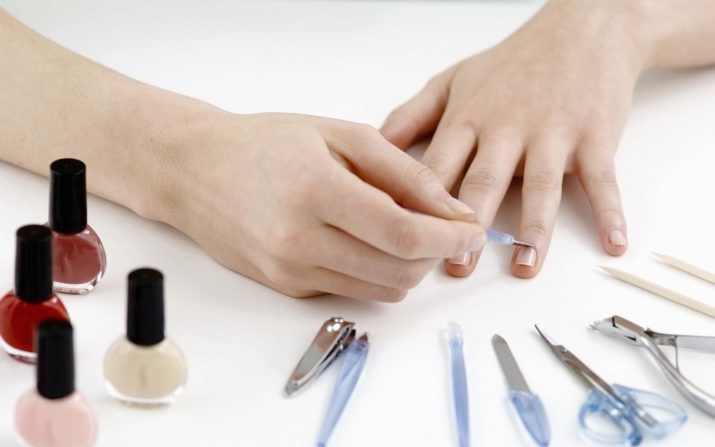
Main types
Considering general concepts, several types of manicure and pedicure can be distinguished. They are medical, cosmetic, decorative and permanent. In addition, each type has its own characteristics. For example, the medical option is divided into two varieties: hygienic and therapeutic. Regarding the cosmetic variety, it is worth noting that it is divided into several methods:
- Edged. Technique with soaking nails and cutting the cuticles.
- Unedged. European technique in which the cuticle is softened with a remover and pushed back.
- American, almost repeating the classic manicure or pedicure with the only difference being that the shape of the nails tends to be almond-shaped.
- Brazilian A technique with a lot of procedures, soaking, using a remover, moving and removing the cuticle.
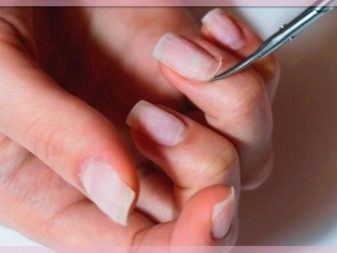
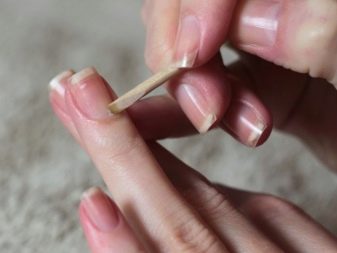
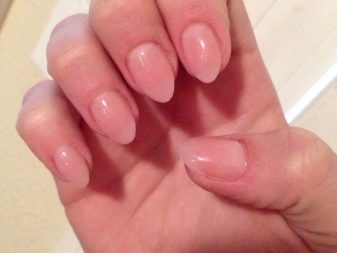
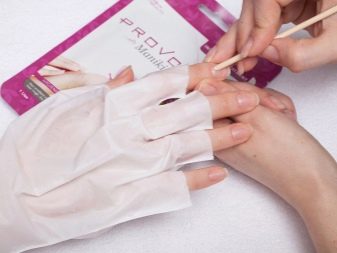
- Japanese. A technique without the use of coarse metal tools, in which it is important to maximize the natural appearance of the nail plates.
- Spanish A variant with layering of contrasting varnishes and technology, similar to the European one.
- Spa A set of procedures for improving the skin of hands and nails.
- Escalation. Classics and nail extension using acrylate at the same time.
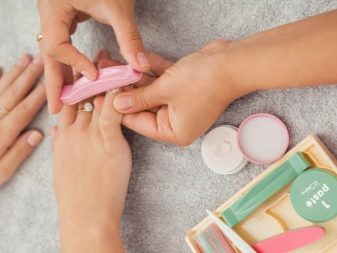
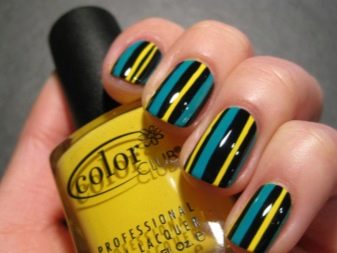
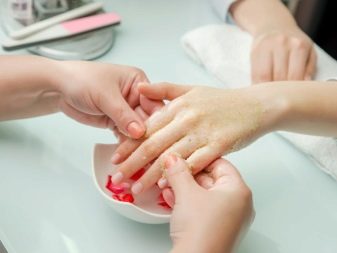
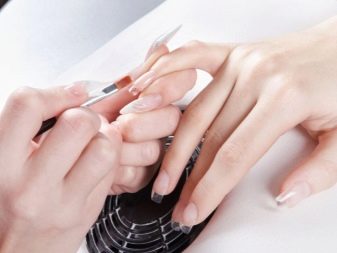
The hot technique differs from other varieties by adding a warm (about 40-50 degrees) lotion to the water. Otherwise, this is the same classic method. The use of warm lotion helps soften the skin, such a manicure (pedicure) is especially indicated for dry and rough skin. Male manicure differs from female in that it uses nippers because of its denser and rougher skin. For children, special means are used that do not cause an allergic reaction. In addition, this technique does not provide for nail file cuts.
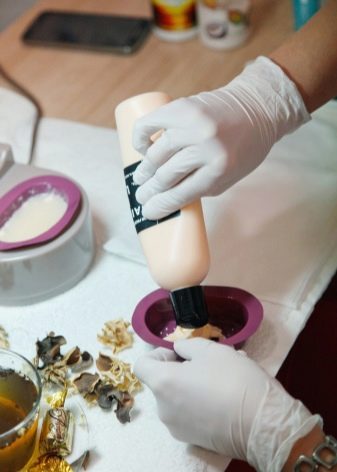
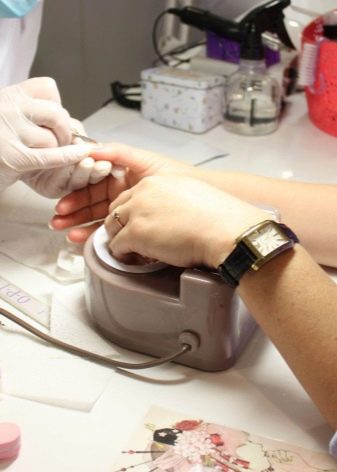
In addition, there are techniques for the Jessica system and a hardware method, hot and male, as well as children's. As for hardware technology, it differs from other varieties in that most operations are performed using various nozzles of a special apparatus. This method is also remarkable for the fact that it is always performed on dry nails. The fact that today you can buy devices adapted for working at home can be bought on sale.
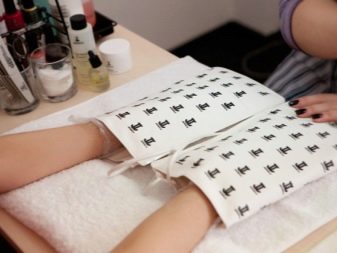
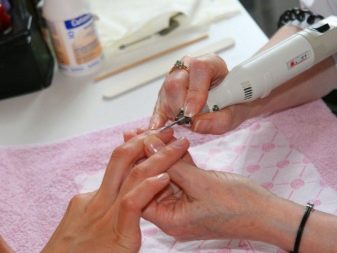
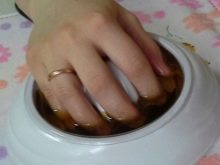
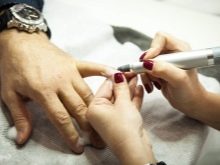

Permanent type involves the use of gel polish. This is a fairly strong and durable design, which is performed using hybrid varnishes, combining the properties of gel and varnish. These varnish products need drying under a special lamp, after which they acquire high wear resistance and do not need correction for almost a month. However, the life of the coating can be reduced if the execution technology was violated during execution.
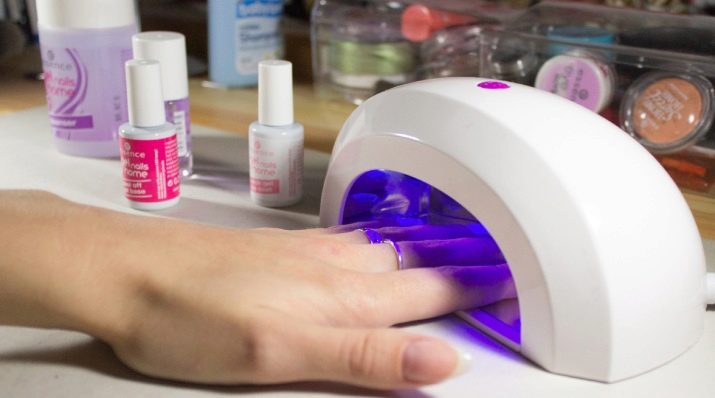
What to cover?
It is best to coat nails with gel polish. Like it or not, today this product does not know its competitors. Besides the fact that he keeps excellent on nails, he also looks at the same time as if he had just been made. As a rule, the coating does not lose the attractiveness of the original form for a long time (standardly from two weeks and for some customers up to two months). Durability depends not only on technology: the experience of the master, as well as his attitude to his work, means a lot.
Professional manicure or pedicure is usually performed for a long time. It is sometimes unimportant whether this is an express method or a full range of procedures with soaking and moisturizing the skin.
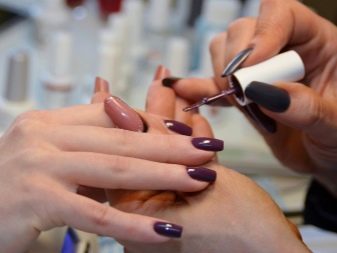
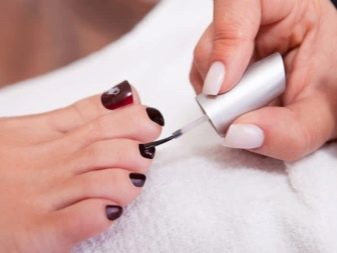
The choice of coating for manicure or pedicure today can be confusing, because there are many varieties of different varnishes. In addition to the fact that the color palette is replete with a variety of all kinds of shades of hybrid products, the coatings themselves attract attention. For example, you can buy the following options today:
- matte;
- glossy;
- chameleon;
- temperature;
- jelly;
- craquelure;
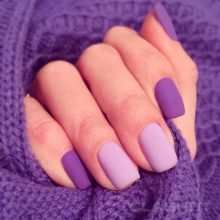
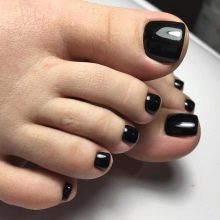
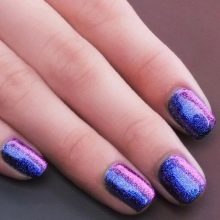
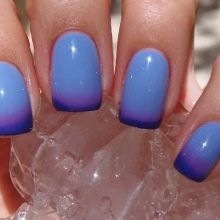
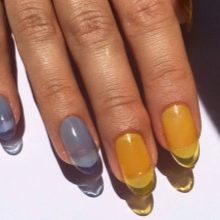

- holographic;
- Shimmer
- with sparkles;
- with the effect of "cat's eye";
- SLR
- yogurt.
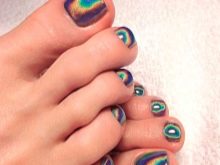
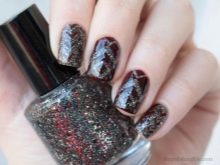
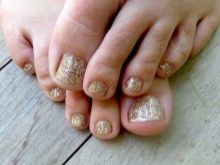
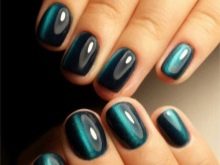
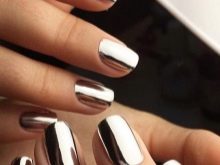
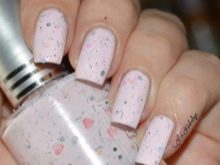
In addition, there are various types of rubbing and acrylate, with the help of which you can change your nails beyond recognition. As for fashion trends, today they have their own favorites from the list of varnishes presented.
So, for example, matte gel varnishes with textile texture are in fashion. At the same time, not only velvet coatings are popular: varnishes with chintz and velvet texture are trendy.
Other popular coatings include glossy gel polishes. They are an excellent basis for any manicure, and they can be matted without any special effort, using a top with a matte effect. Other popular coatings include options for a metal surface or mirror, as well as options with an aquarium effect. Jelly varieties as well as translucent coatings are also successful.
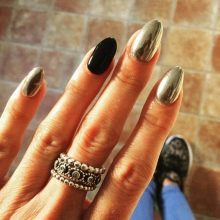
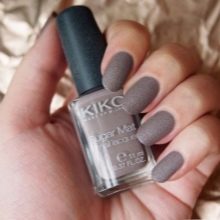
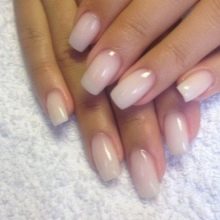
The nuances of form
With the advent of the new season, the shape trends of the nail plates of the hands and feet change. As for the fingernails, today the fashion recommends:
- do not make cuts sharp straight lines (in the corners they need to be rounded);
- avoid excessive length and sharpness of the edges (butterfly nails are taboo);
- remove false nails from everyday life (it is better to build up your own if their shape is far from ideal);
- avoid short lengths: the elongated shape is a priority;
- choose from all types of forms (oval, straight and almond-shaped) the one that is more suitable for your natural nails.
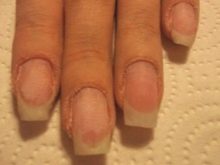
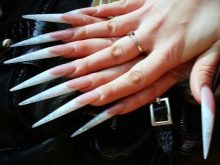
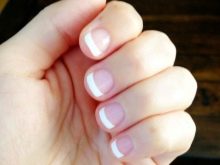
It is important to pay attention to the fact that all nails (whether it is manicure or pedicure) should have the same length. Different lengths are not allowed, as well as different shape of the saw. It is necessary to pay attention to each nail, otherwise the blemishes will be noticeable on the final result.
Not ignored the fashion and toenails. Today:
- false nails are strictly contraindicated;
- large length is prohibited (maximum nail should be 2 mm above the finger);
- there should be no voluminous embellishments that will cling to anything;
- the sharpness of the edge of the nail plate is unacceptable.
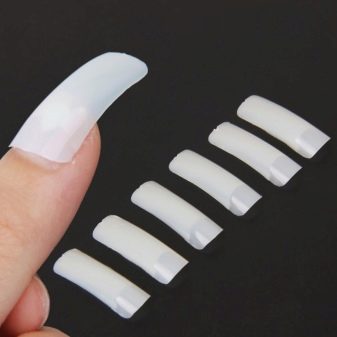
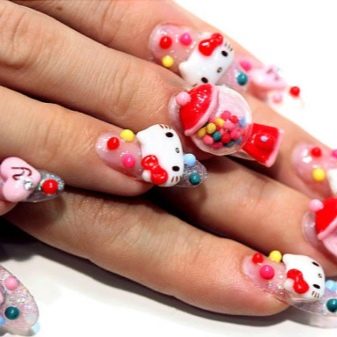
Varieties of decorative techniques
Decorative manicure and pedicure are also divided into several varieties. For example, they include design:
- classical;
- traditional and inverted service jacket;
- lunar;
- gradient
- powdery;
- veil;
- broken glass effect.
Each technique has its own differences, which makes it recognizable.
Along with the already established options, the mod today offers new design. Today, several well-known execution techniques can be distinguished. Consider their main nuances, taking into account current trends.
Classical
The monochromatic design of nails is called a classic. In this case, the nail plate is painted over the entire area using any coating with a different type of texture. Classical technique is an excellent base for further decoration of nails. Often, coatings with a noble texture that do not need additional decoration are also used for this design. For example, it can be a gel polish with a velvety matte effect.
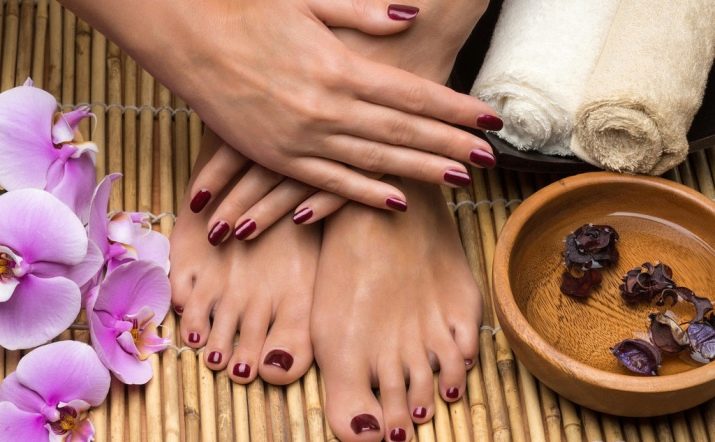
French
Someone mistakenly calls the French manicure a classic, although in reality the design is different from the classic. In contrast, the French has a stroke of the upper edge, called a smile. A smile can be different, for example, today, in addition to a thin stripe, it is often asymmetrical in the form of a diagonal. In addition, it is made out on a monophonic basis, leaving an unpainted triangle.
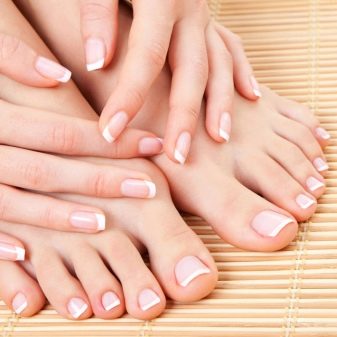
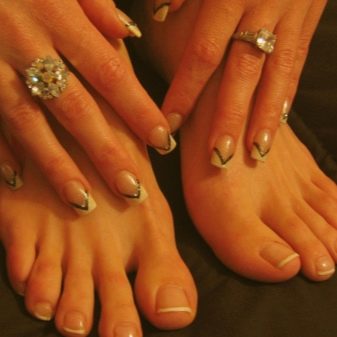
Inverted French
This technology is nothing but a jacket on the contrary. This design is different in that the smile with it is made out not at the top, but at the very base of the nail plate. At the same time, an upturned smile often resembles a thin stroke of the nail plate rather than an arch with a thickened middle. This season, masters often use gold and silver to emphasize the cuticle area.
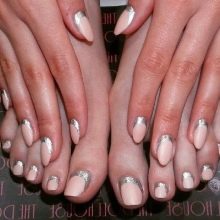
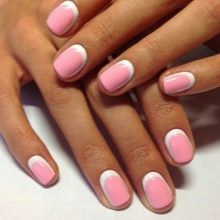
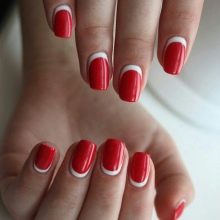
Lunar
This design is somewhat similar to an inverted service jacket. The difference is the shape of the arc. In the lunar design, it resembles a semicircle, while in an inverted jacket it is nothing more than a strip. Today it is customary to use the so-called negative space technique in design. Outwardly, this is an unpainted hole against the background of a monophonic coating. In addition, the design of the hole with a secondary arch is popular. The hole itself can be made of gold or silver, as well as contrasting the main color with varnish.
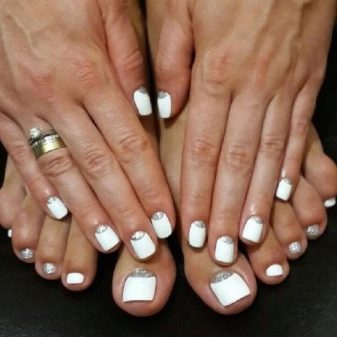
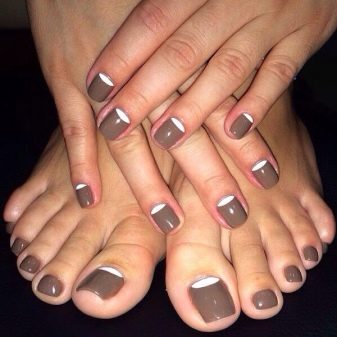
Gradient
This technique refers to the design of nails with the ombre effect. This design is created using several contrasting or related shades of gel polish. According to fashion trends, today ombre should have the most smooth stretch. For this effect, the masters rub the transitions of tones with a brush, doing this directly on the nails themselves or using a special sponge.
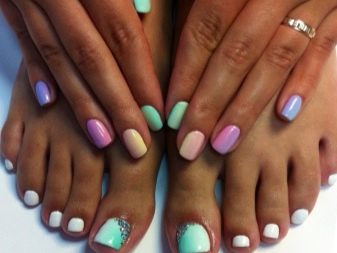
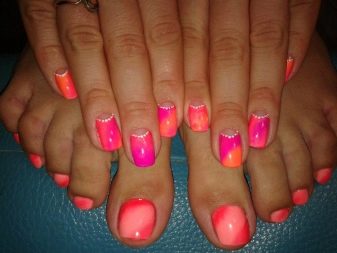
Powdery
This technique is performed using a special polymer powder or acrylic powder. The substance has a lot of shades and allows you to create a unique surface texture, which is often compared with semolina. Today it is one of the most popular techniques, however, more often it is used not for the main manicure, but for accent nails. The powder is applied to the top layer, and then dried. If desired, the powder does not create an integral coating, but drawings.
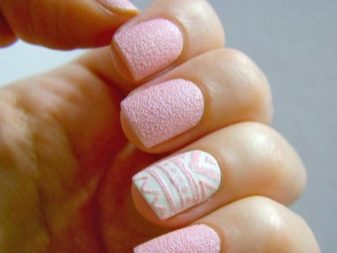
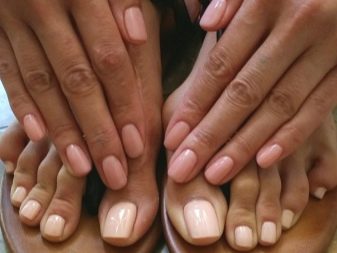
Veil
The technique that allows you to create a thin veil on the surface of the nails has the second name "nylon pantyhose." Today, this design is among the best and fashionable. It is created by adding a few drops of pigment to a transparent gel polish. The resulting translucent varnish covers the surface of the nails, and then decorate them with drawings made using acrylic paint. The finished design is fixed with a layer of top.
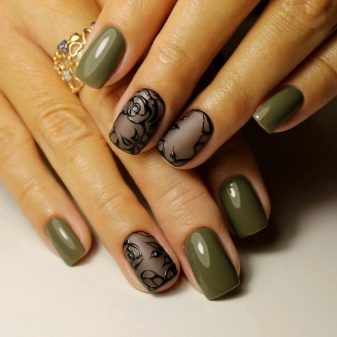
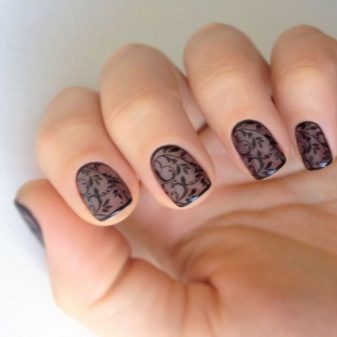
Broken glass
Such a design today occupies an honorable first place in the top three favorites of the season. It is distinguished by ultra-originality, and this design is created using a special film. The protective coating is removed from it, sometimes the sticky layer is removed, cut, and then glued to the nail plate, forming pieces of the film close to each other. After the decor is fixed with two layers of top. On light and dark pigments, this design looks different, but always bright and spectacular.
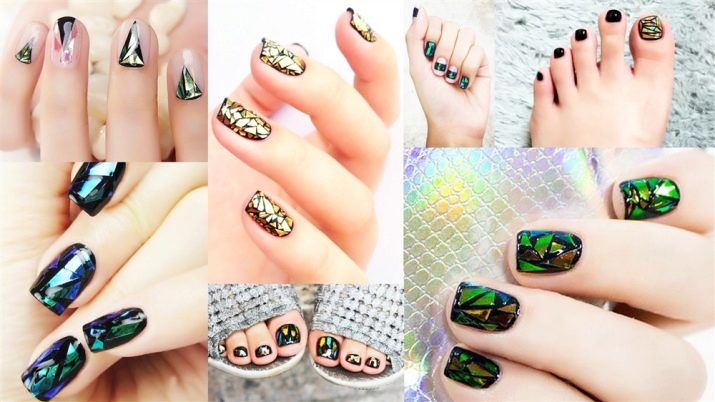
Original Design Ideas
Many of the techniques described above involve further decorating the surface of the nails of the hands and feet. Nail decoration today also has some features. Given the fashion trends of the new season, today it is accepted:
- reduce the amount of decor used, because of this the design loses its expressiveness;
- reduce the number of accents (the design, in which the decor is on all fingers, looks ridiculous and tasteless);
- get rid of acid and poisonous shades of coatings (used tones of coatings should be soft and noble);
- strive for minimal use of volumetric decor;
- try to decorate the nails so that the drawings on the general background do not get out of the color combination of the base and contrast;
- if possible, create seasonal designs that will allow the design to harmoniously complete any female bow;
- select shades and design based on basic images;
- Use modern decorating techniques that simplify working with drawings;
- to achieve ease of perception of design (overloaded with a complex pattern and an abundance of contrasts, manicure or pedicure can destroy a female bow).

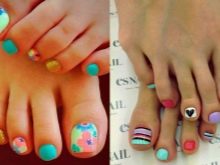
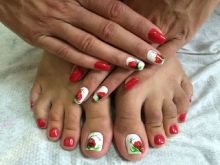
Ideas of unique design can be very different. For example, today they use different techniques of decorations. Among them are especially demanded:
- drawings with acrylic paints and special thin pens, allowing you to get the finest professional lines and patterns;
- all kinds of stickers flat or 3D type, due to which you can save time on drawing small details of the picture;
- stamping or stamps with ready-made patterns that are applied to the surface of the nails by imprinting using a sponge;
- broths or microscopic beads, allowing to give accent nails an original surface texture;
- special foil, due to which even the most concise design can be made bright and spectacular;
- small rhinestones, through which you can add elegance and solemnity to the design of nails, giving them sophistication and femininity;
- pieces of newspapers to create a design with letters or even hieroglyphs;
- all kinds of sparkles and glitter, due to which you can diversify the design of nails;
- rubbing or a special powder that gives a unique multifaceted appearance to even the simplest gel polish.
Seasonal manicure is in fashion: you can decorate your nails with a fashionable beach pattern depicting the sea coast. Designs with a summer floral theme look harmonious.Fashionable drawings of the summer season are flowers and plants, as well as branches, lace and feathers. For autumn designs, leaves and ears are good.
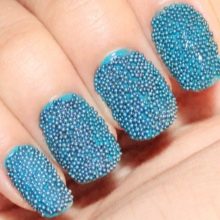
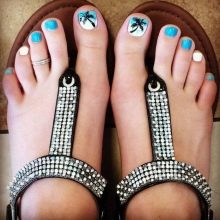
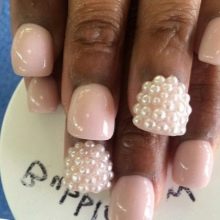
Snowflakes created with acrylic powder are relevant for winter.
Should the nails on the legs and hands be the same color?
To date, there are no strict restrictions that testify in favor of the rejection of different designs and colors. However, there should be a sense of proportion in everything. Let's say the same design on the arms and legs looks beautiful and aesthetically pleasing. No less harmonious is the combination of related tones of the color palette in the design of the nails of the hands and feet.
In general, fashion trends are sure that the color of manicure and pedicure can be different, but at the same time it must be combined. Today, stylists offer not to puzzle over the best duet of color shades, but to use general harmonious contrasts. Moreover, it is important to consider not only the combination of colors of manicure and pedicure: their combination with the clothes of the wardrobe matters.
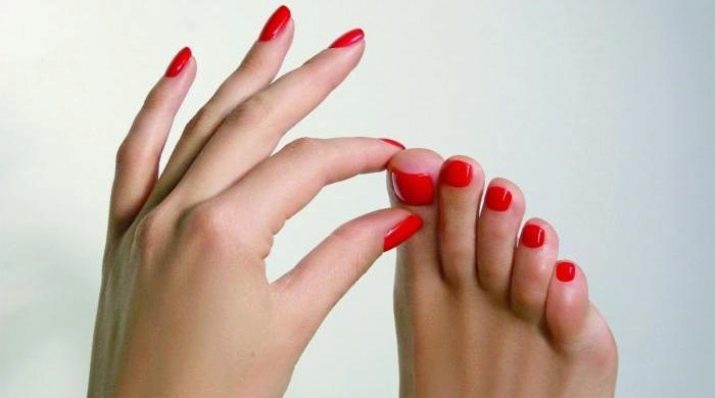
Of course, the full coincidence of the color of the nails on the hands, feet, and even the clothes will look boring. It is especially contraindicated to decorate the nails of hands and feet with gold and even more so with neon. The best combination would be to use two related shades of the same color. For example, it can be light and saturated coral, pink and warm lilac, beige and light brown. Shades can differ among themselves by one or several tones, while such an image will look quite beautiful and appropriate.
The use of complementary colors is possible. For example, it could be a combination of yellow and green, lime and purple. It is allowed to combine two bright tones, one more saturated with a muffled contrast (red with coral, red and white, purple and black). The unity of light and dark tones (beige and wine, white and black, mallow and light pink) harmoniously looks.
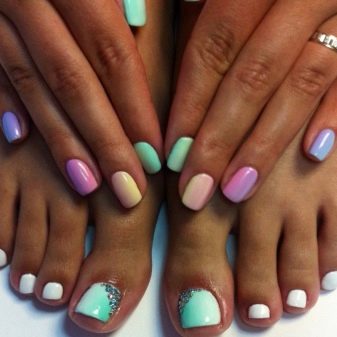
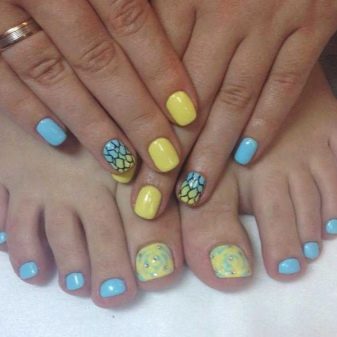
In addition to harmonious combinations of neutral shades (for example, gray and white), it is appropriate to combine them with color paints, as well as gold and silver. It is convenient to combine color when a multi-color design is planned. In this case, you can paint the nails of the feet or hands in one of the colors of the accent. To summarize, we can say that mixes look beautiful:
- in a related color;
- in one gamut;
- complementary;
- duets dark with light;
- neutral colors;
- neutral with color;
- multi-color with one of the tones of the pattern;
- with a similar texture;
- with different primary color temperatures.
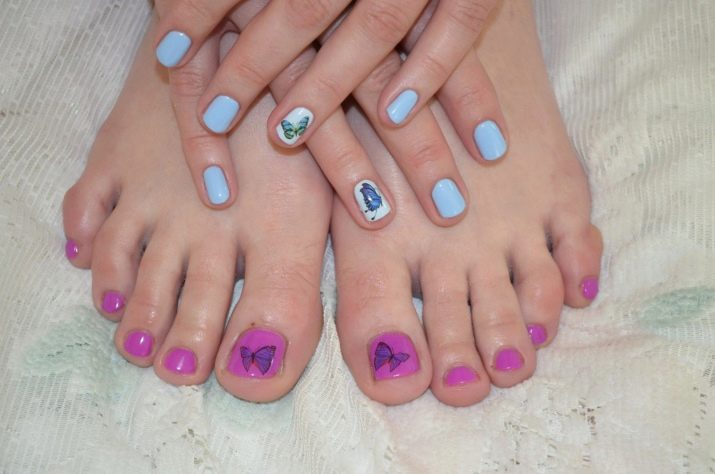
Beautiful combinations of shades on the nails are combinations:
- coral and silver;
- nude with white;
- white with pink;
- blue with white and silver;
- red with white;
- lilac with mint;
- pink with menthol;
- turquoise with white;
- purple with milky;
- mint with pink and lilac;
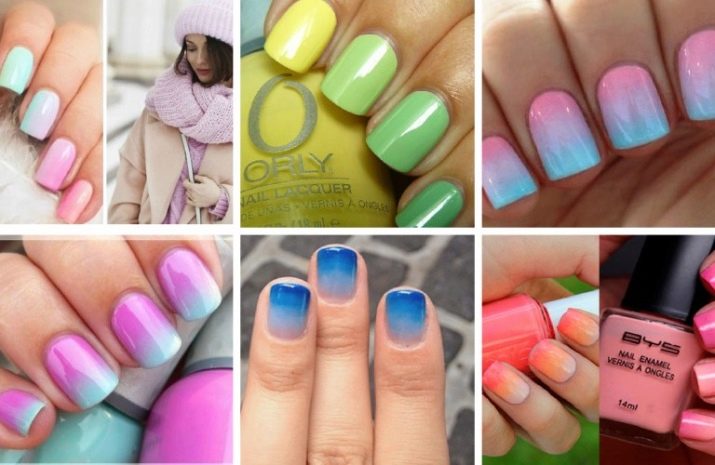
- blue with powdery;
- white with silver and black;
- yellow with blue;
- coral with blue;
- purple with pink;
- emerald with orange;
- dark pink with sunny;
- dark blue with white and wine;
- purple with white;
- peach with blue;
- azure with green.
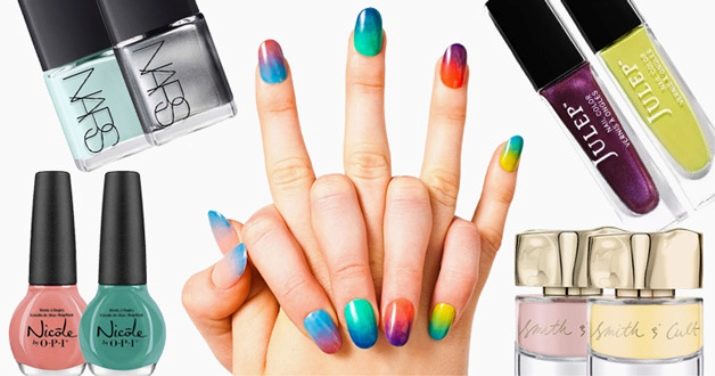
Solid Coating Options
Today in the color palette there are many noble tones, through which you can make a monophonic coating without any pattern. The best shades of this season are wine, lilac, purple, mint, beige. Incredibly popular today is the pink color, which is presented in a diverse texture of the produced varieties.
Surprisingly, black is in demand, as well as its combination with color paints of the color palette. Blue and blue colors deserve special attention. This season they are represented by a mass of shades of various temperature and saturation. The burgundy-violet color, as well as coatings with rubbing, attracts attention.
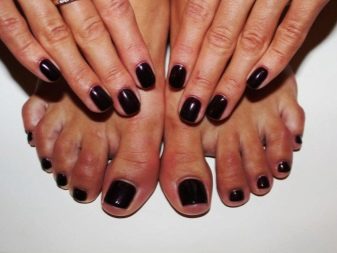
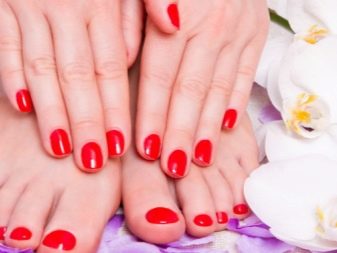
This powder is able to instantly change the perception of a monophonic design, forcing the shade to play with rainbow tints.
What is needed for design at home?
A modern approach to nail design allows you to conduct the procedure yourself at home. In order to make a design at home that is not inferior to professional, it is worth preparing the necessary tools for processing nails. These are tweezers for removing cuticles, manicure scissors, as well as tools for raising and removing cuticles and pterygium.
You also have to stock up on a special drying lamp, without which it is impossible to work with gel polish. It is different (UV and LED), different power and size. For the house, an option of medium power and the model under which one arm or leg can be placed is sufficient. Budget options for such equipment will amount to 300-500 rubles. At the same time, such lamps have a built-in timer, which eliminates the need to detect time for drying of each applied layer.
For the design itself, it is worth preparing a dehydrator, base and top coatings, pigmented gel polish and decorative elements. Do not do without an additional brush if you want to use stickers. If you plan to use a powder or powder, this is also taken care of in advance. Nothing should be distracting when the procedure has already begun.
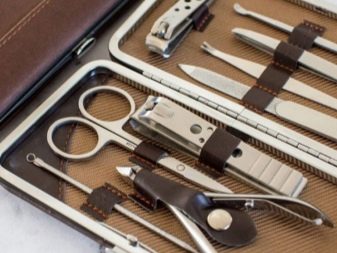

How to do the procedure yourself?
In fact, it is not so difficult to make a nail design at home, although this process will require careful preparation of the nail plates and accuracy. This work is the foundation of the basics: if you rush and pull the skin, you can injure it. Consider the main nuances of manicure (pedicure), which will understand the essence of design technology.
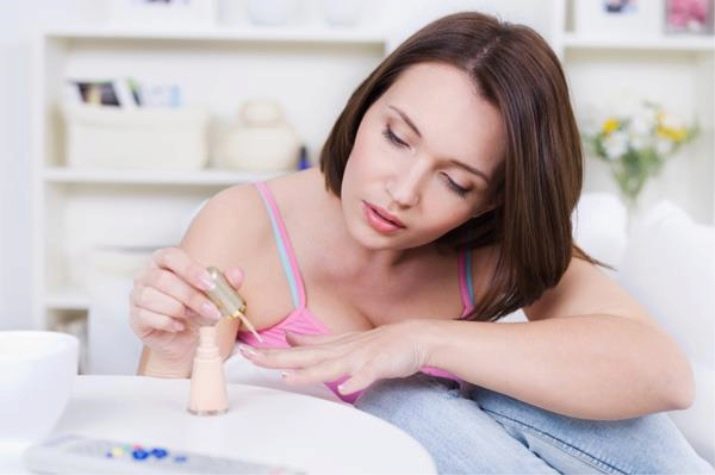
Nail preparation
The nails are soaked in warm water: it will be easier to work with the cuticle and remove pterygium (skin on the sides, growing into the nail plate). After 10-15 minutes, the fingers are removed from the water and wiped. Softening oil is applied to the skin in the cuticle area. This will simplify the work of preparing nails for decorative design.
Then, using the tools, they clean the side rollers, removing pterygium. After that, the cuticle is lifted and cut, for example, with nail scissors. In order not to cut off more than necessary, the skin is pulled: this will show the border of a possible cut, and also protect your fingers from a painful, injured look.
Form the edge of the nail, giving it the desired shape. In this case, the length and symmetry of each nail plate must be taken into account. If necessary, verify that the nails of two hands (feet) are identical. Special attention is paid to the region: the durability of the design and the degree of resistance of the coating will depend on its preparation.
If there are skin roughnesses on the sides, you can get rid of them using a nail file to polish the nail plates. However, this must be done before the fingers soften. After the cuticle is removed and the side rollers are cleaned, it is necessary to remove the gloss from the nails themselves. This will allow the coating to stay on the nails longer.
Gloss is removed using a soft file with a fine fraction. Do this gently, without pushing the nail file hard into the nails. In no case can you remove the gloss with a regular nail file: this will not only cause roughness, which will prevent the varnishes from spreading evenly, but the nail plate will also be thinned.
When the gloss is removed from all nails, you need to remove the residual sawdust and residual oil. To do this, use a degreaser or dehydrator. All this is removed so that it does not cause the coating to lag behind the base. At this stage, nail preparation is considered complete, it is time to start painting and decorating.
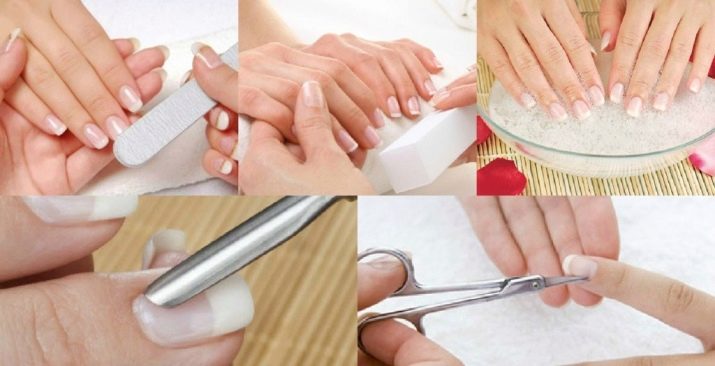
Dyeing
More recently, nails were painted with ordinary varnishes, and in most cases, such coatings were chipped off by the end of the working day. Today, manicure (pedicure) is impossible without special tools that are applied to the nail plates like the varnishes themselves.First, take the base or base coat and distribute it with a thin layer over the entire area of the nail. The layer should be practically weightless, because the thickness can cause the composition to flow over the cuticle area and side rollers.
In addition, it is important to consider that all applied layers must be thin, otherwise the coating will quickly peel off the nail and will not last on it even for several days. After drying the base, the nail is covered with two layers of pigment with drying under a special lamp of each of them. So that the pigmented gel polish does not strip, after application it is necessary to give it at least half a minute, and only then proceed to drying. Time is needed so that the pigment spreads over the nail plate.
If a dense layer of varnish is applied, it will flow over the side rollers and the cuticle at the base. For those who are unsure of their accuracy, after preliminary preparation of the nails, it is worth applying a special latex film to the skin around the nails. After application, it will harden and the varnish falling past the nail will remain on it. You can remove it at the very end of the manicure (pedicure).
After you have painted your nail and dried it under the lamp, it remains to decorate the accents. To do this, create drawings on the selected nails or paste stickers, rhinestones on them. A similar decor is almost always glued onto a layer of an un-dried top. If your design does not include decoration, after the pigment, the nails are covered with a layer of top and dried. Next, you need to remove the residual stickiness. The work is over.
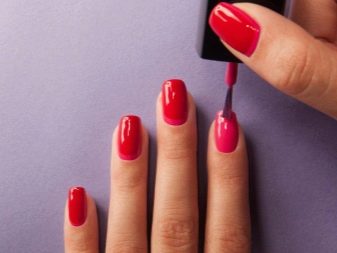
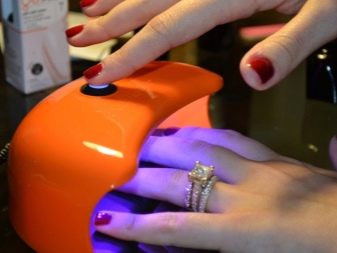
Beautiful examples
We bring to your attention Some successful and stylish examples of modern nail design.
- Stylish jacket in powdery color with an accent in the lunar technique does not go out of style.
- A bright solution in the marine theme will appeal to any fashionista.
- Combination of plain classic and French. Using two different techniques for the legs and arms.
- Effective design of a manicure with a floral theme in blue-powder contrast.
- Gorgeous beach-themed pedicure with sequins and gilding.
- Design in pink with stamping and small rhinestones.
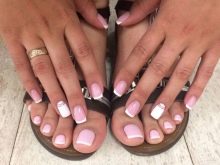


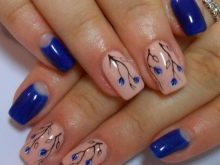
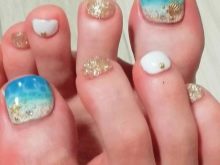
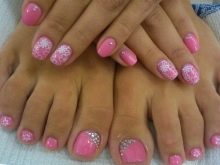
- The use of varnishes of different textures, but related colors.
- Harmonious design of nails with kamifubuki and brilliant decor.
- The combination of contrasting tones, a stylish and fresh solution for the summer.
- Unusual design of manicure / pedicure using ethnic ornament.
- Fresh solution in yellow colors. The combination of French with classics.
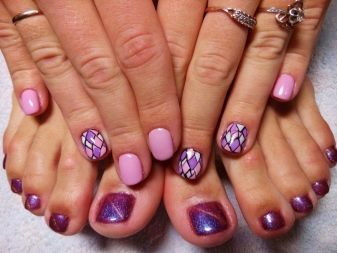
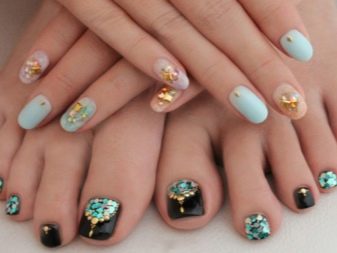
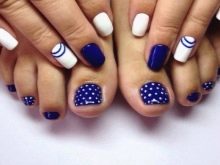
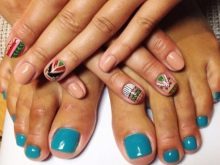
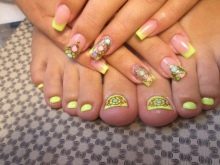
The secrets of a perfect pedicure are in the next video.










